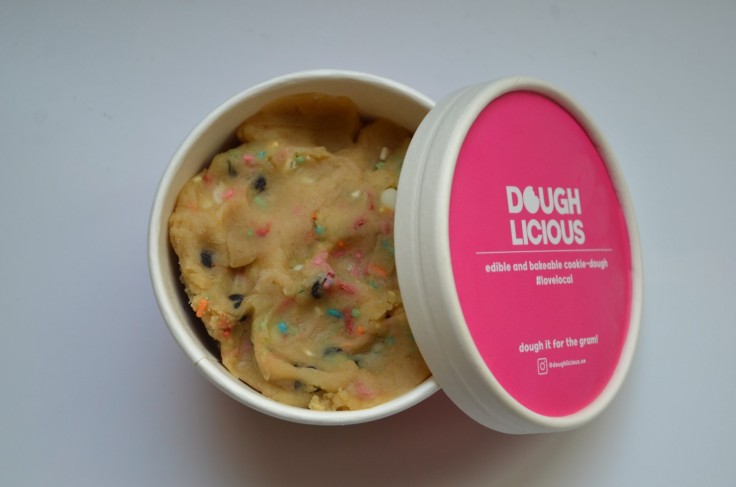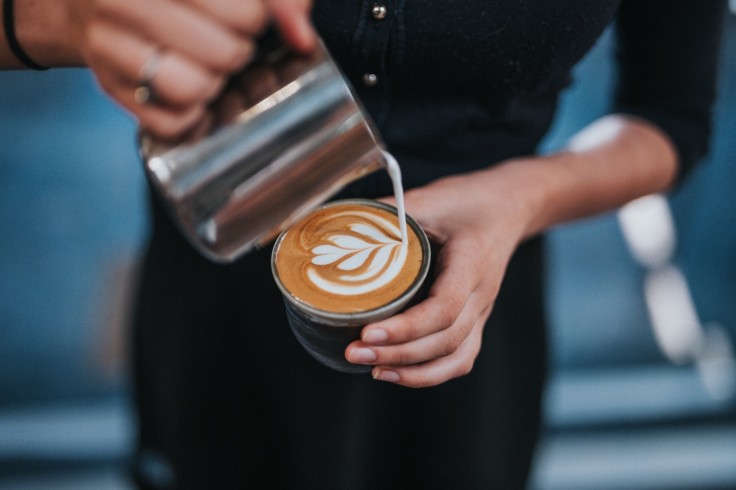The 2010s were a lot of things, but one of them has got to be a breeding ground for anything experimental. This was the decade when we were just discovering what we can and cannot do on the internet, and it shows.
Some of the food trends that were born in that decade were either a product of ingenious minds or pure madness to gain internet points and/or fame or infamy.
Here are some of those food trends that you rose to popularity thanks to social media during the 2010s:
Avocado Toast

Avocado may be a seasonal fruit, but that doesn't stop people from acquiring it even when out of season to get that Instagram likes.
According to the online publication Taste, the trend began as far back as 1993 in Bill Granger's restaurant in Sydney, Australia.
According to Granger, the idea of putting avocado on toast was his answer to the growing demand of Australians who want to keep fit and healthy.
Due to the Avocado's bright green color and health benefits, such as being a good source of vitamins C, E, K, and B6, Avocado toast became an instant hit on social media. It also helps that the dish was popularized by Gwyneth Paltrow and New York's Cafe Gitane, per The Daily Meal.
'Unicorn Food'
From healthy to not-so-healthy, "unicorn food" or "rainbow food" are meals, dishes, or snacks that prominently feature multiple bright colors, particularly pink, yellow, and blue. These foods range from cereal, pudding, cakes, bagels, and even a Frappucino, courtesy of Starbucks.
The trend was allegedly created by The Bagel Store, an aptly named store based in Brooklyn that started it all through its unicorn bagel. However, Thrillist reported that the trend truly started to gain steam when Instagram user Adeline Waugh, who runs the account named vibrantandpure posted their unicorn toast.
Unfortunately, eating these brightly colored foods may have negative effects on a person's health, per the Huffington Post. According to the nutritionist the publication cited, Dr. Luciana Torquati Ph.D., eating too much of this food could lead to the creation of food allergies due to the chemicals involved in the food coloring used.
Activated Charcoal
From one food color trend to another, the use of activated charcoal took the baton unicorn foods held and ran with it. According to Insider, people began to use activated charcoal on ice cream, burger buns, and even pizzas.
Although the trend's origin is unknown, the charcoal is made from burned coconut husks that are processed with steam or hot air at high temperatures to increase the resulting charcoal's surface area, per Spoon University.
Although it has its benefits, it also has its risks. For example, activated charcoal is a great detoxifier and kidney function promoter, per Healthline, but it can also cause bowel blockages or reduce the absorption rate of certain medications.
As such, if you're going to try out anything with activated charcoal, ask your doctor if doing so is alright for your body.
Edible Cookie Dough

Although it is somewhat similar to the cookie dough we, as kids, tend to sneak a few bites of, the cookie dough we are about to discuss is very different.
This cookie dough is not only edible, it is also Instagramable, thanks to the nostalgia it evokes.
The trend started with The Cookie Dough Cafe, which has been selling the stuff since 2011 to grocery stores and interested indiviuals online, per Eater. However, it started to gain popularity in 2017 when New York City-based cookie dough shop Dō began seeling it to people.
Don't worry about the dough poisining you - these are meant for eating, and not for baking. As such, it doesn't use ingredients normally found in actual cookie dough, such as raw eggs and untreated flour, per the Washingtonian.
Latte Art

Last but not least is Latte Art, which is the art of drawing stuff on the latte lather on a cup of coffee.
Although drawing fancy art has been around since the 19th century in northern Italy, it only gained popularity when Espresso Vivace began doing it in Seattle, per Perfect Daily Grind.
Latte art became a trendy thing to share on social media platforms due to how eye catching it is, as coffee is normally served without one.
The demand for coffee with latte art eventually frew that Espresso Vivace's co-owner, David Schomer, started teaching baristas on how to create high-quality latte art.









